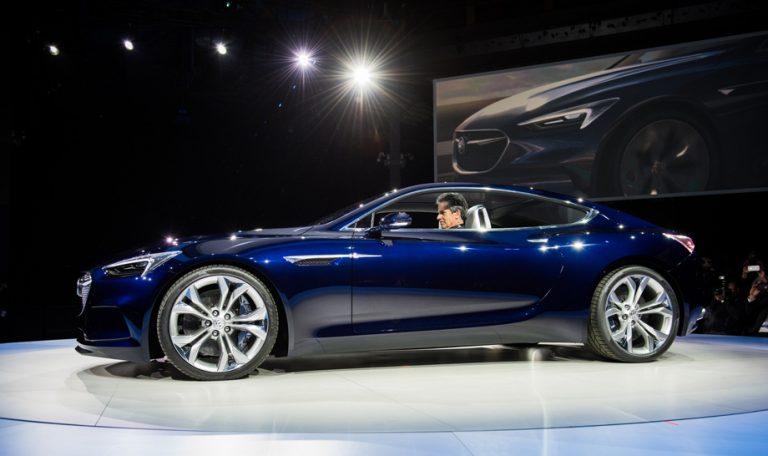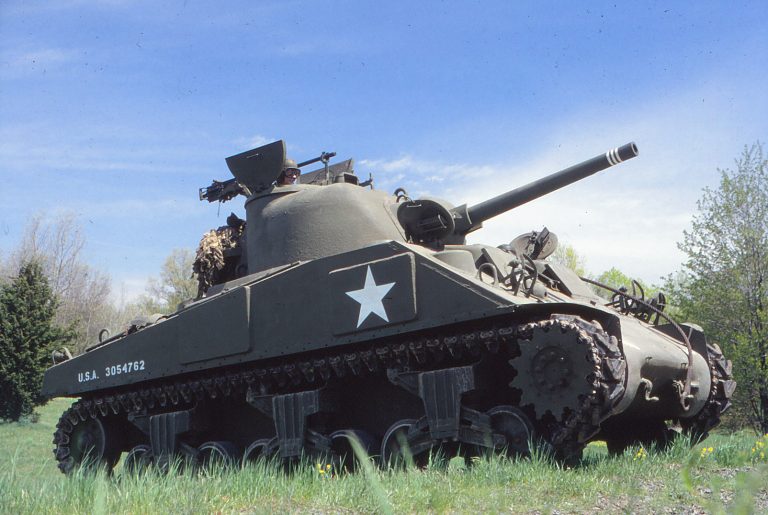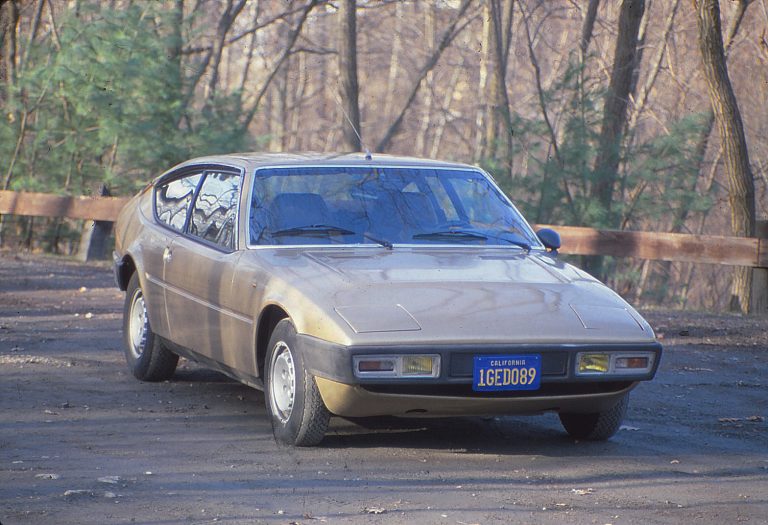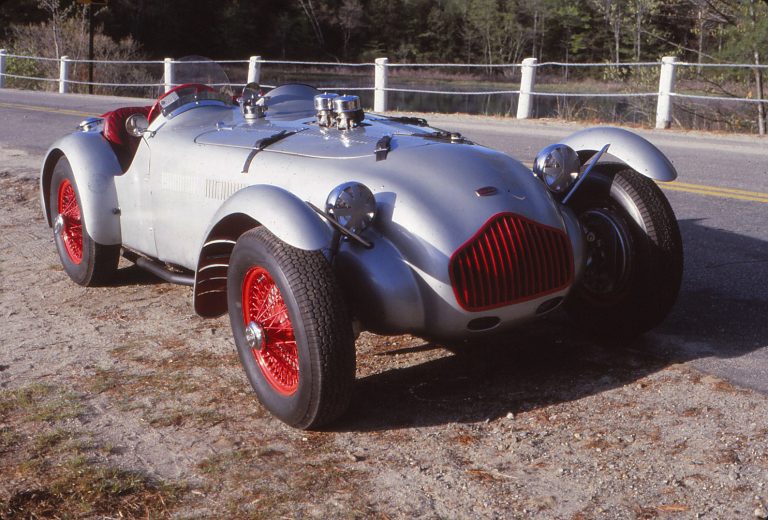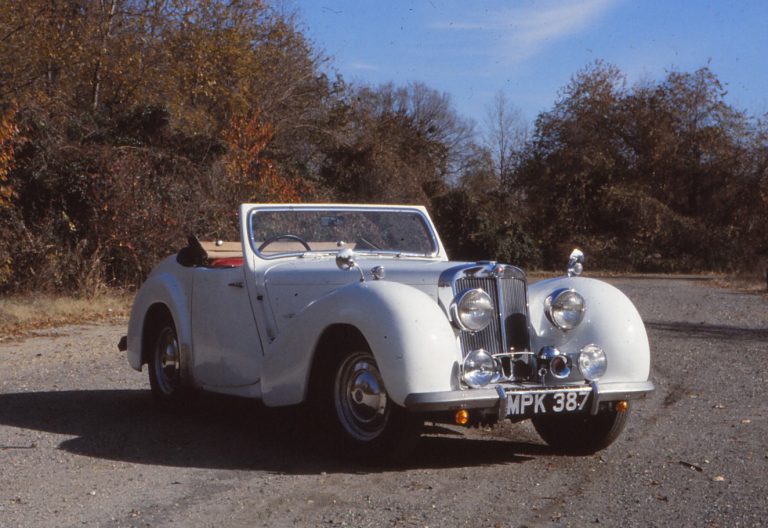Contemporary comparison review originally published in CarBuzzard Sept 24, 2011
No matter what anyone says, you can compare apples to oranges. And you can also compare a 2012 Lotus Evora S to a 2012 Porsche Cayman R to a 2012 Ford Mustang Boss 302 to a 2012 Dodge Challenger SRT8. At least we will after quick laps around the Monticello Motor Club’s 3.6-mile road course.
Like apples and oranges are both fruits, our subject Evora, Cayman, Challenger and Mustang are all sports or sporty cars with road course intentions. The Lotus Evora might be called the luxury Lotus because compared to the Lotus Elise and Lotus Exige, getting into the leather-lined interior is like folding onself into a new cowhide wallet. That’s appropriate enough because cornering the Evora S is crisp as a new $20 bill fresh from the ATM.
Lotus founder Colin Chapman worshipped at the altar of light weight construction, and while the Evora S isn’t a heavy weight, its cosseting of the driver and passenger and not to mention the safety equipment every car must carry brings the Evora’s curb weight up to about 3160 lbs. Never mind. With 345 horsepower, the Evora S does 0 to 60 mph in 4.3 seconds and storms the quarter-mile in 12.8 seconds at 110 mph. The Evora S is not a drag racer but more tuned to track acceleration and accelerate it does, accompanied by the sound of a lightly muffled Toyota 3.5-liter V-6 and the barely audible shriek of the engine’s supercharger. Our only complaint about the Evora was the lack of anywhere for the driver’s left foot when not depressing the clutch.
The 2012 Porsche Cayman R builds on Zuffenhausen’s junior sports car’s elements with 330 hp, 10 hp more than the Cayman S from the direct-injection six-cylinder boxer engine that, with 110 pounds cut from the curb weight, pushes t the Cayman R from 0 to 60 mph in 4.7 seconds, 0.2 seconds faster than the Cayman S. To make the Cayman R, Porsche returned and lowered the suspension by 0.79 inches. The Cayman R is easy to spot from the rear by the fixed rear wing.
The Cayman R we drove was fitted with the seven-speed Porsche Doppelkupplung (PDK) transmission instead of the standard equipment six speed. With PDK, the Cayman R knocks another tenth of a second off the 0 to 60 mph dash. More important, however, is the intelligent operation of the PDK gearbox. The co-pilot for our drive was David Donahue who instructed us to leave the transmission, against our better judgment, in full automatic, though in sport mode. There must be gnomes in the gears. The gearbox not only shifts in milliseconds but knows when to shift, probably better when we do. Which means it’s really smart. We came away with sore cheeks from grinning.
The 2012 Mustang Boss 302 borrows a famous name from Ford’s history, but the owner need not fear for its reputation being treated well. The new Boss, same as the old Boss, becomes “quickest, best-handling straight-production Mustang ever offered by Ford”, and after driving it, we’re not surprised. Ford makes no claims, but 0-60 mph in the low fours. The 2012 Boss’s engine builds on the standard Mustang 5.0-liter V-8 with a redesigned cam timing and lift along with other changes to produce a maximum of 440 horsepower. The Boss is definitely hardcore as, like the original, it comes only with a manual transmission, which at least this time is easy to heel-and-toe.
Higher-rate coil springs and a ride lowered by .4 inches at the front (compared to the Mustang GT) contribute to the Boss’ handling on the track. The Mustang simply went around corners as if its path had been traced by a graphing calculator rather than a human and a steering wheel. Our biggest problem was wanting to short-shift the engine rather than let it run out to its 7500 rpm redline. We definitely need more time behind the wheel to work on that.
Yes, it’s got a Hemi, and the 2012 Dodge Challenger SRT8 392 is the biggest of this gang of four. It’s noticeably wider from behind the wheel and the engine has the deepest growl. It should. The “392” in its name refers to displacement and for those of you not up on your cubic inches, that’s 6.1 liters. It’s also the only pushrod engine in the gang of four, but it spins to a 6500 rpm redline making 470 horsepower and a broad spread of torque, maxing at 470 lb.-ft. That power and torque means the SRT8 392 sucks up straights like an oversized vacuum cleaner set on “overachieve”. SRT says 0-60 mph in the high 4-second range and the quarter mile in mid-12-second range with the automatic transmission, which with the standard paddle shifters was easy to use on the track.
However, although SRT claims a .90 g skidpad performance, the overall mass of the Challenger takes time to start rotating. Dodge’s performance folks should button down the suspension tighter too to eliminate the big engine’s ability to pitch the nose skyward on acceleration and to tame its gyrations, particularly compared to the gang members. The 2012 Dodge Challenger SRT8 392 is like a loaded .44 magnum. Watch where you point it and be careful when you pull the trigger.
Apples are apples and oranges, oranges, but if we may abuse the fruit metaphor, we’d welcome any of these allegorical arboreal delights into our personal pies and marmalade. After all, they turned us to jelly.
Something I enjoyed was the opportunity to drive fun cars on various race tracks, or in the case of Monticello Motor Club , a racetrack like venue for members for affluent sports and track day cars to play with their toys. Or in this case, car manufacturers to provide cars to auto writers for their, um, studied evaluation. The comments are brief, but look for more extensive coverage later in Remember Road. Subscribe so you don’t mess them.





